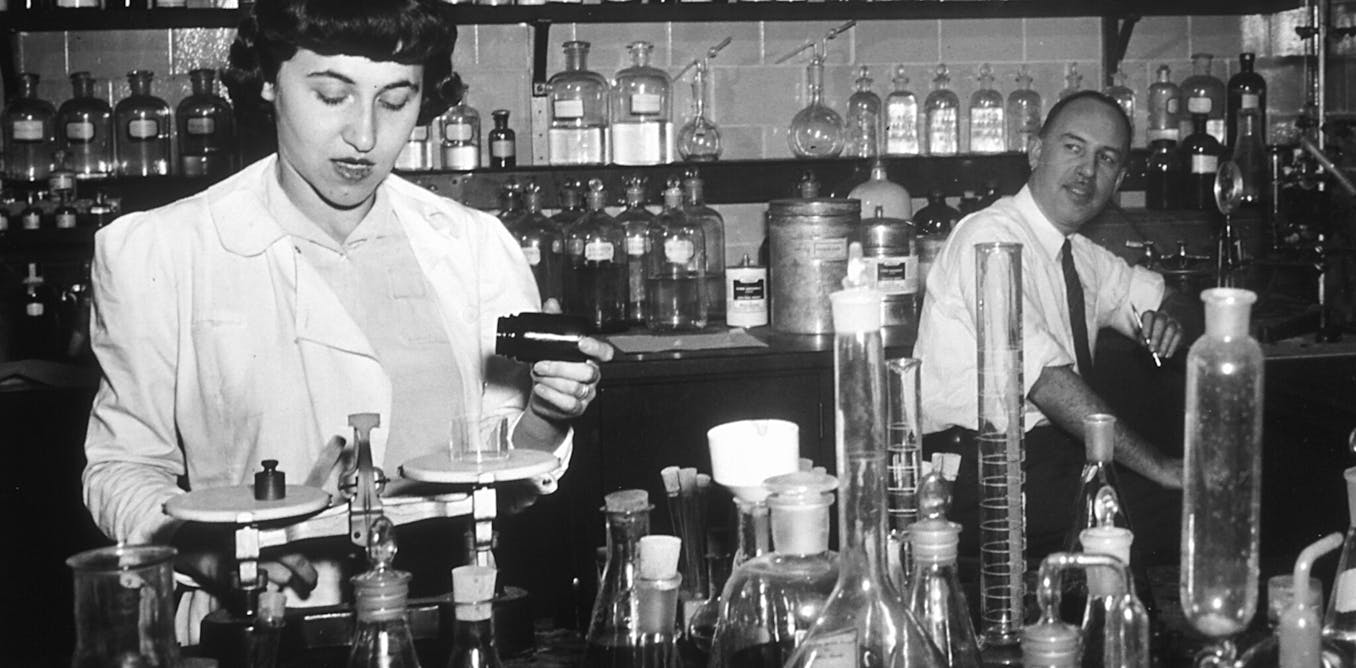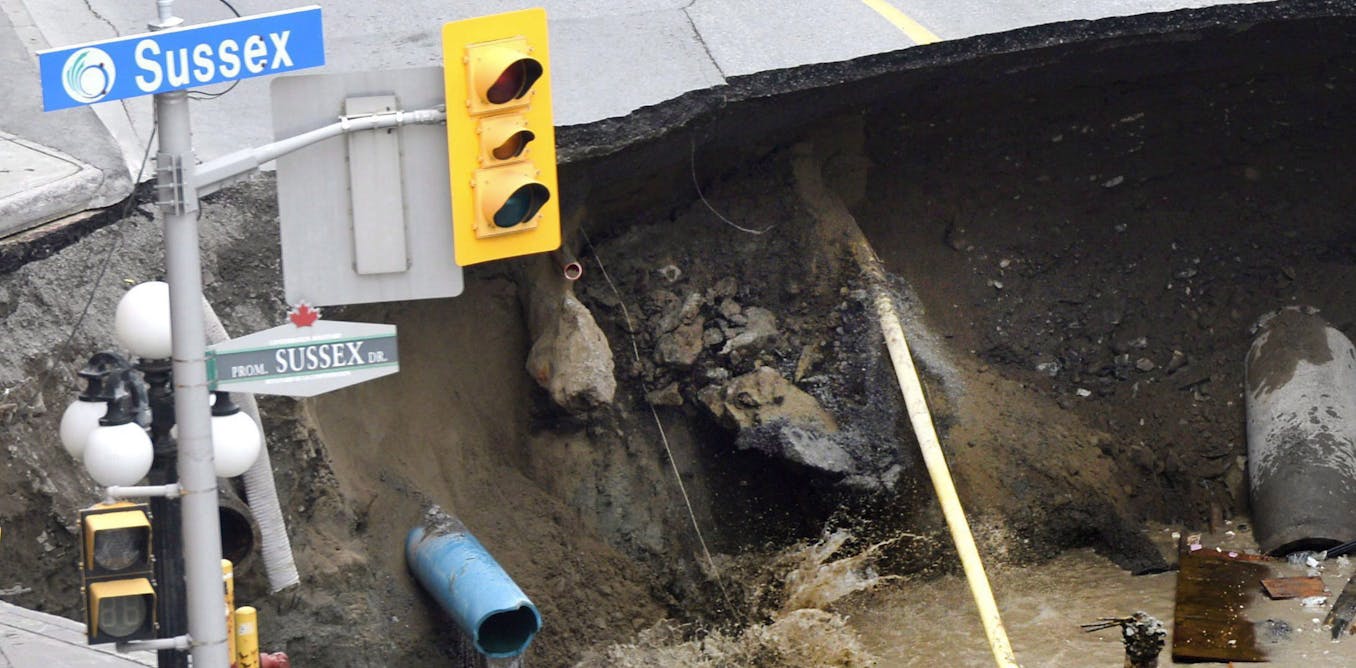At the SC24 supercomputing conference held in November in Atlanta, Hafþór Júlíus Björnsson (the actor who played the Mountain in “Game of Thrones”), dead-lifted a custom barbell weighed down by 453 kilograms (1,000 pounds) of solid-state drives (SSDs). The data stored in those drives totaled just over 280 petabytes.
“Without question, this is the most data lifted by a human in history,” says Andy Higginbotham, senior director of business development at Phison Electronics. High-performance data platform Vdura orchestrated the record-breaking lift in collaboration with Phison.
Behind this publicity stunt is a real trend: To feed AI’s insatiable data appetite, memory drives are getting larger, with no end in sight. Phison recently announced the largest SSD memory drive to date, storing 128 terabytes of data, and piled hundreds of them into Björnsson’s barbell. Within a few weeks, Solidigm announced its own 123-TB drive. Samsung and Western Digital also recently started carrying similar products.
The shift toward more AI workloads in data centers has led to very power-hungry chips, mostly GPUs. Since the overall power use in a data center is going up, people are looking for ways to use less power wherever possible. At the same time, large language models and other AI models require ever increasing amounts of memory.
“You can see where storage requirements are going,” says Roger Corell, senior director of AI and leadership marketing at Solidigm. “You look at a large language model just a couple years ago, you had a half a petabyte per rack or lower. And now there’s large language models that pair with between three and three and a half petabytes per rack. Storage efficiency to enable continued scaling of AI infrastructure is really, really important.”
Crucially, this new crop of solid-state drives takes up the same area in a computing rackand power budget as their roughly 32-TB and 64-TB predecessors—although they are slightly taller—meaning they can be swapped into data centers for an easy win.
3 Ways to Boost SSD Capacity
“There’s three kinds of vectors you can innovate on to drive up capacity per SSD,” says Corell. “One is the bits per cell, and then two is how many cells can you pack in one layer, and how many layers can you stack of these memory cells.”
The number of bits per cell is literally how many different values can be stored in a single NAND flash floating-gate transistor. These transistors are packed onto a layer with ever-increasing densities. Adding more layers does make the device taller, but, Corell says, height is not a limiting factor in data centers today, so there is room to expand.
Solidigm was already making 4-bit-per-cell devices, so it innovated by packing more cells per layer to go from the 60-TB model to its 122-TB device, mainly by using the smallest available NAND technology and reducing the size of non-NAND components. Phison went from 3-bit to 4-bit NAND cells, improving along all…
Read full article: Several companies announce record-breaking 122 Tb SSDs

The post “Several companies announce record-breaking 122 Tb SSDs” by Dina Genkina was published on 01/22/2025 by spectrum.ieee.org







































Leave a Reply